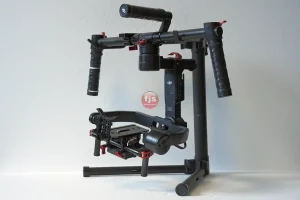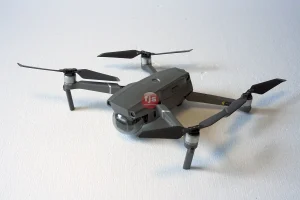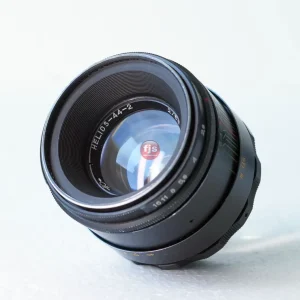Introduction
Low-light shooting presents unique challenges for cinematographers due to the limited available light. The choice of recording format can significantly impact the quality of your footage in these conditions. This blog post will explore the best recording formats for low-light shooting, considering factors such as dynamic range, noise reduction, and post-production flexibility.
Key Features to Consider
- Dynamic Range: A wide dynamic range allows you to capture a broader range of tones, from the brightest highlights to the darkest shadows.
- Noise Reduction: Effective noise reduction algorithms help to minimize grain and artifacts in low-light footage.
- Post-Production Flexibility: The chosen format should provide sufficient flexibility for color grading, noise reduction, and other adjustments in post-production.
Best Formats for Low-Light Shooting
- ARRI RAW:
- Benefits: Offers the widest dynamic range and maximum flexibility for post-production adjustments, including noise reduction.
- Drawbacks: Requires significant storage space and powerful post-production software.
- ProRes 4444:
- Benefits: Provides excellent image quality and noise reduction capabilities, while offering a more manageable file size compared to ARRI RAW.
- Drawbacks: May have limitations in terms of dynamic range compared to ARRI RAW.
- DNxHD:
- Benefits: Offers a smaller file size and is suitable for projects with limited storage or bandwidth constraints.
- Drawbacks: May have some limitations in terms of image quality and noise reduction compared to ARRI RAW and ProRes 4444.
Choosing the Right Format
The best format for low-light shooting depends on your specific project requirements and workflow preferences. Consider the following factors:
- Desired Image Quality: For the highest possible image quality and maximum post-production flexibility, ARRI RAW is the preferred choice.
- Storage and Bandwidth Constraints: If storage or bandwidth is a concern, ProRes 4444 or DNxHD may be more suitable.
- Post-Production Workflow: Consider the specific software and tools you will be using for post-production.
- Project Requirements: The specific demands of your project, such as the desired look and feel, will also influence your choice.
Conclusion
ARRI RAW, ProRes 4444, and DNxHD are all viable options for low-light shooting, each with its own advantages and disadvantages. By carefully considering your project’s needs and workflow, you can select the most appropriate format to achieve optimal results in challenging lighting conditions.
Frequently Asked Questions
- What is the difference between ARRI RAW and ProRes 4444?
- ARRI RAW offers the widest dynamic range and maximum flexibility, while ProRes 4444 provides excellent image quality and noise reduction capabilities with a more manageable file size.
- Can I use noise reduction software to improve low-light footage?
- Yes, noise reduction software can be effective in reducing grain and artifacts in low-light footage. However, the effectiveness of noise reduction will depend on the quality of the original footage and the chosen software.
- Are there any camera settings that can help improve low-light performance?
- Increasing the ISO sensitivity can help capture more light, but it may also introduce more noise. Experiment with different ISO settings to find the best balance for your specific shooting conditions.








